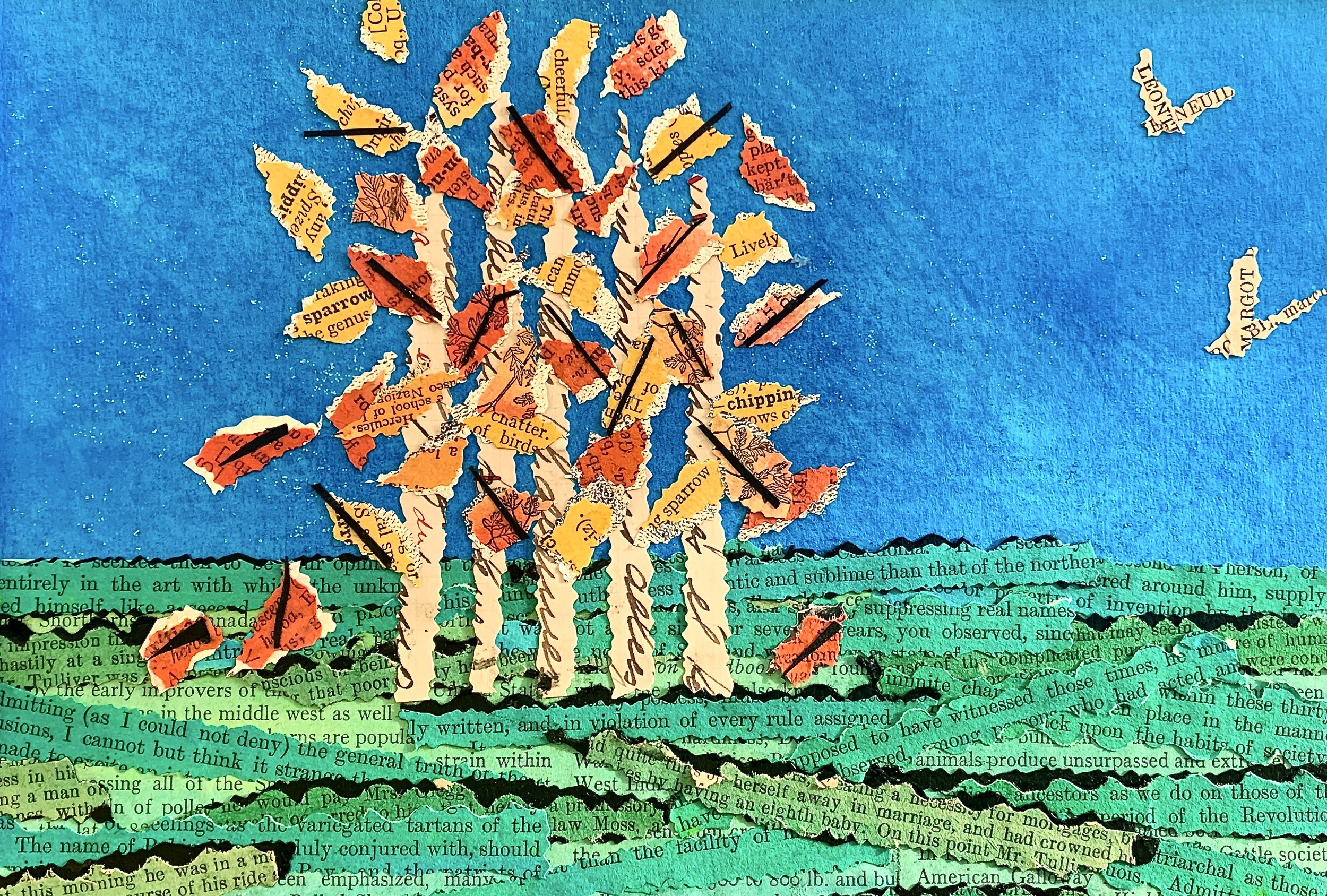Write Your Life Open
My father believed that the most important thing he’d ever done was to become an explorer of his mind and heart. “I got to know myself as I really am, rather than who I imagined myself to be,” he wrote. “No one else could have deciphered the subtleties of my own mind. No one else could have faced my repressed emotions, heartbreaks, and fears.”
For both my father and me , writing has been one of our most powerful tools for healing and self-discovery, which is why I love offering free writing workshops with exceptional teachers devoted to open-hearted self-exploration. The incredible Patrice Vecchione will be leading our upcoming 2-hour Quest workshop, Write Your Life Open, on Saturday, July 16—and everyone is welcome to attend. I hope the article below, written in collaboration with Patrice for Spirituality & Health magazine, inspires you to pick up a pen!
Writing Practices to Untangle and Illuminate Your Life
Patrice Vecchione is an author, poet, and writing teacher who’s been helping people speak their truths for over 40 years. She sees writing as a process of having a conversation with ourselves that’s different from what’s possible through thinking alone.
“Once you get words onto the page, the paper holds them for you, freeing you to think and feel your way into what else there is to consider,” she says. “The words that arrive are almost always surprising. Rarely could we have predicted them.”
The Approach of Autumn, collage by Patrice Vecchione, 2014
Vecchione offers three powerful techniques to help us look more deeply at ourselves, view our stories with more clarity, and figure out how we truly feel and think. But, she cautions, “For writing to be transformative, we need to write honestly, which means feeling free to be our true selves on the page, allowing what we most need to say to come forward as it will. We must not let ourselves get hijacked by judgments or self-doubt. This means writing bravely and with compassion. Perfection is not the goal.”
Writing Practices for Illuminating Truths
One Experience, Three Versions
Vecchione explains that when we first write about something—a feeling, a memory, an experience, a wish or a dream—we’re beginning to calibrate our relationship to it. The second time we write about that same subject, we’re able to receive more information and greater nuance because we’ve already created the frame for the story; the primary points are securely on paper. By the time we write the story for the third time, revelations begin to occur. In her experience, writing about something three times is the magic number.
The Wind That Carries Our Song, collage by Patrice Vecchione, 2010
“Consider the first time you write as building the scaffolding. The second time you write the same story, the walls are coming up—one room here, another there—and you begin to see things you missed the first time. The third time is analogous to furnishing your home and hanging pictures on the walls. You become aware of more feelings and particularities. There is always more to see than what we notice on first glance, in our own stories, as in life.”
Write What You Were Told Never to Tell
In her work both as a writer and a teacher, Vecchione has seen that keeping quiet about things we were told (or intuited) never to tell can keep our lives locked shut. “Our silence is a tacit agreement—a form of compliance, a capitulation of our own power and ability to choose and have authority over our own experience,” she warns. “When our perspective isn’t recognized or when it is denied, we may feel that silence is our only refuge. In reality, that kind of silence is a prison.”
Summertime, collage by Patrice Vecchione, 2014
For example, if a childhood experience wasn’t reflected back to us at the time or was negated by the adults in charge (perhaps we were told, “No, that’s not how it was,” or “That didn’t happen”), we’re often unable to know or acknowledge our own truths. Not believing ourselves and not trusting our perspective prevents us from becoming whole.





